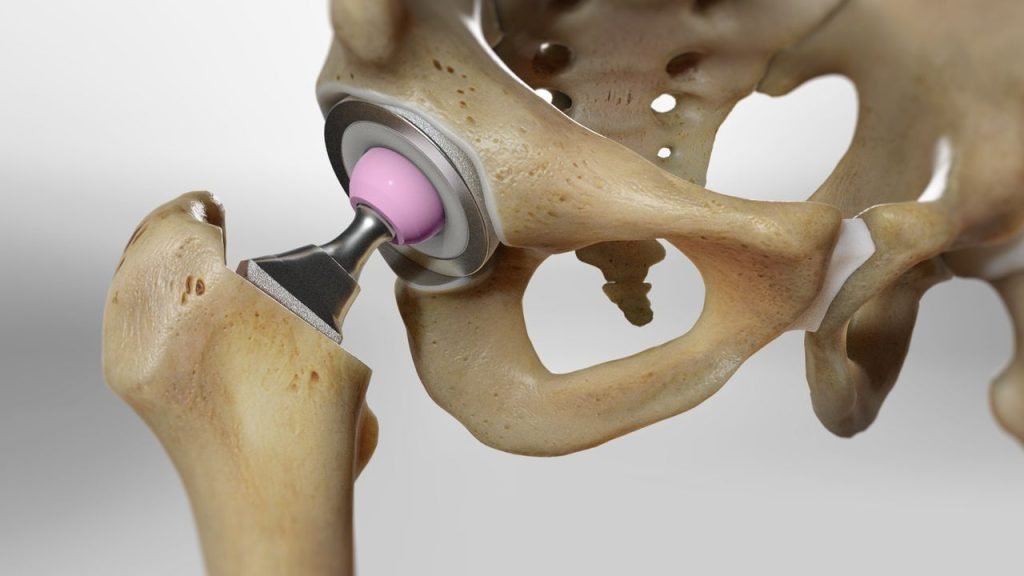Department
Hip Replacement
Hip replacement, also called hip arthroplasty, is a surgical procedure aimed at replacing a damaged or diseased hip joint with an artificial implant or prosthesis. This procedure is typically recommended for individuals suffering from severe hip pain and reduced mobility caused by conditions such as osteoarthritis, rheumatoid arthritis, avascular necrosis, or hip fractures.

A hip replacement surgery, the damaged parts of the hip joint, including the ball (femoral head) and socket (acetabulum), are removed and replaced with prosthetic components made of metal, plastic, or ceramic materials. The prosthetic hip components are designed to mimic the natural movement and function of the hip joint.
There are different approaches to hip replacement surgery, including traditional hip replacement, minimally invasive hip replacement, and anterior hip replacement, each with its own set of advantages and considerations.
Recovery from hip replacement surgery involves a period of rehabilitation and physical therapy to help regain strength, mobility, and range of motion in the hip joint. While hip replacement surgery can significantly improve quality of life and alleviate pain, it’s essential to discuss the potential risks and benefits with a healthcare professional to determine if it’s the appropriate treatment option for your individual situation.
